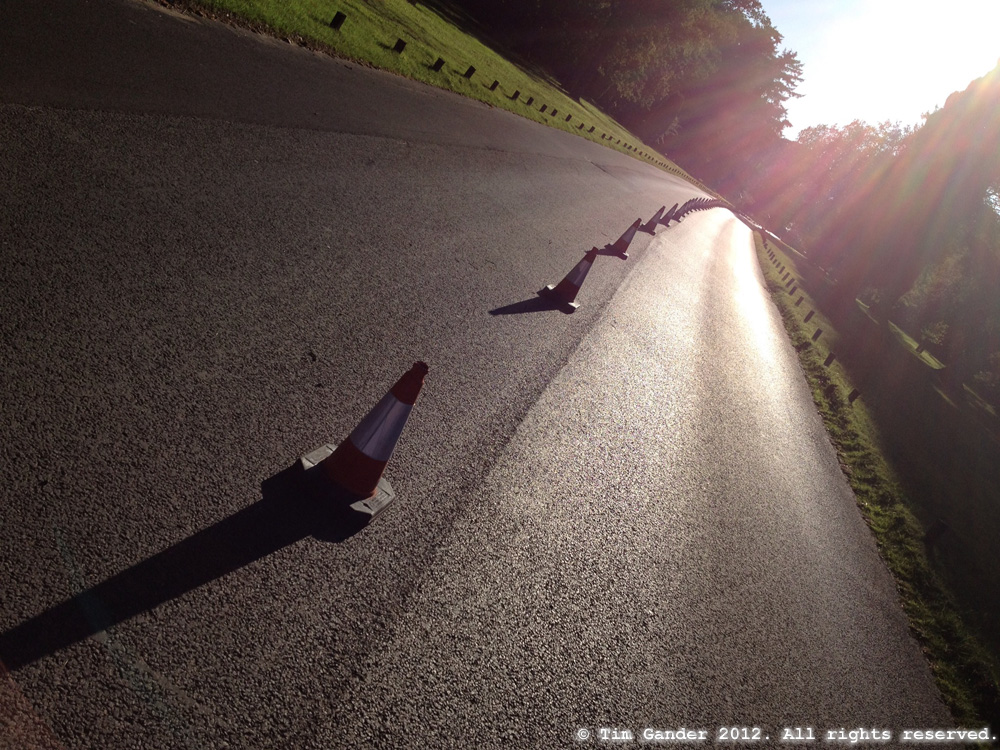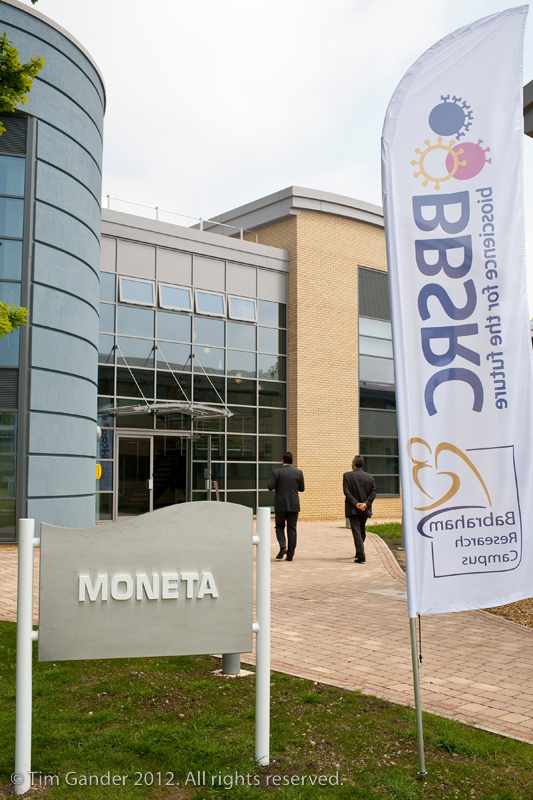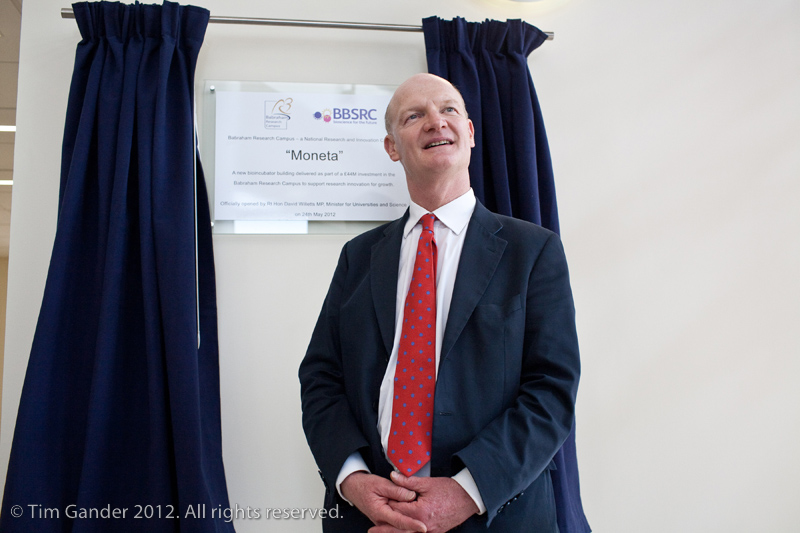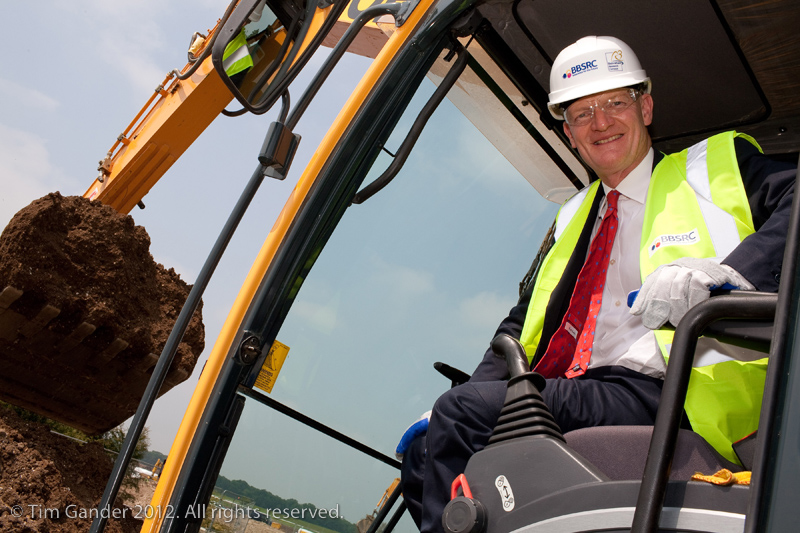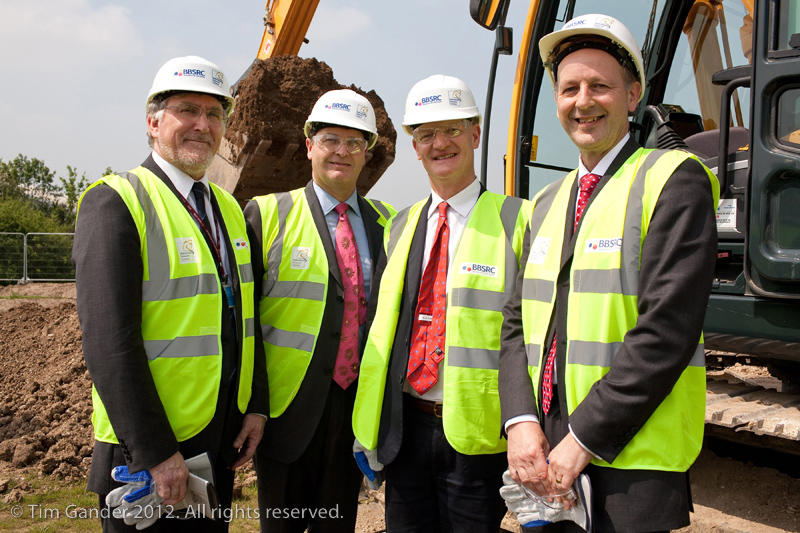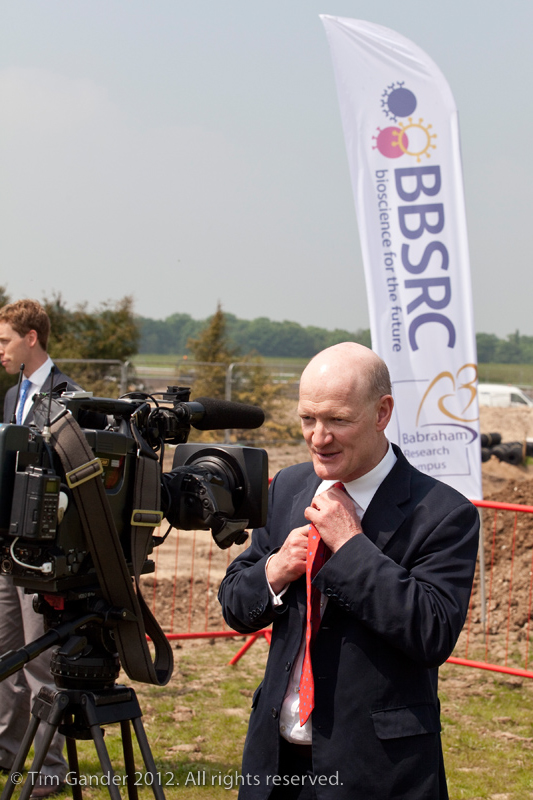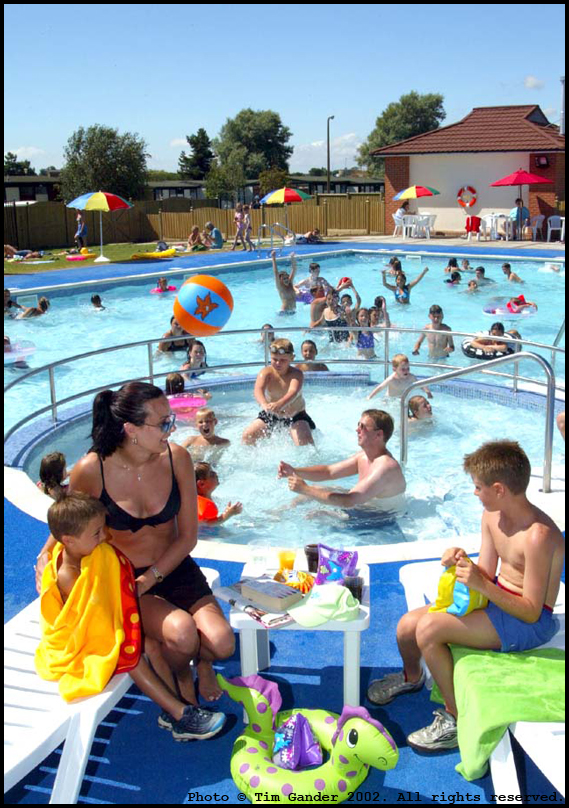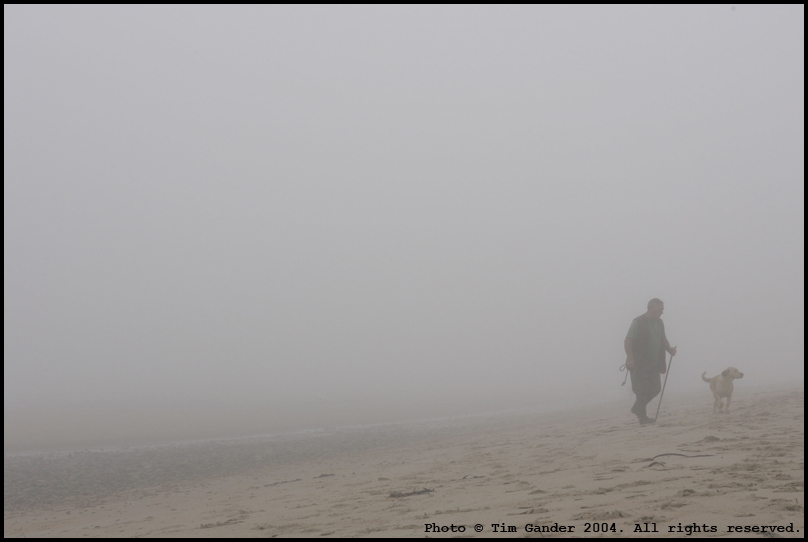This week’s massive news is that I finally succumbed and upgraded to an iPhone 4s. I know the iPhone 5 is on the horizon and it’ll probably have interchangeable lenses, hover mode and a function for printing money, but I don’t need those things.
However, anyone who thinks I’m behind the times in mobile phonery should consider I got my first mobile in 1990, a barely-pocketable Phillips for which I paid about £500 up-front just so I could make calls at a cost per minute that would make a lawyer envious. I made very few outgoing calls.
You wouldn’t believe the similarities between the iPhone and the Phillips of yore. Both mess up the shape of your smoking jacket when carried in the pocket, and both have a battery life shorter than Jimmie Krankie’s inside leg measurement, but among the thrilling features not found on the Phillips is the camera.
People rave about the iPhone 4s camera and the various apps you can use with it, the most popular being Instagram. With a few friends already using Instagram I had to give it a go and early indications are I will have to watch my step or become hopelessly addicted to photographing flakey old doors, kittens, funny signs and the sun as it shines through translucent leaves, cobwebs and dandelion heads.
I think it’s fair to say though that Instagram is more about the filters and effects than about the content of the images. You can take a photo that previously would have been fit for the bin and make it quirky and interesting by fiddling around with it, adding a vignette and a sepia cast or whatever you fancy.
Is it still photography? Well, yes I suppose it is. It might not be photojournalism. Much of the time it might not even result in an interesting photo, but if photography is about looking at the world in a different way, Instagram seems to be about looking at photography in a different way. I’m not a huge fan of the billions of images uploaded to the web every second of every day, but it’s not a tsunami that will stop any time soon, and I’m now responsible for a small share of that.
What iPhonography (yuckword) and apps like Instagram allow me to do though is step outside of being a professional photographer and explore a less serious side. If I wield an SLR people expect me to take great pictures of whatever I’m looking at. With an iPhone I can join the party and use photography as a bit of fun and no one will expect me to produce stunning art. Either that, or they’ll see my Instagram efforts and think it represents my professional work.
Now that I think about it some more, I wonder if that Phillips still works? It might just save my reputation.

